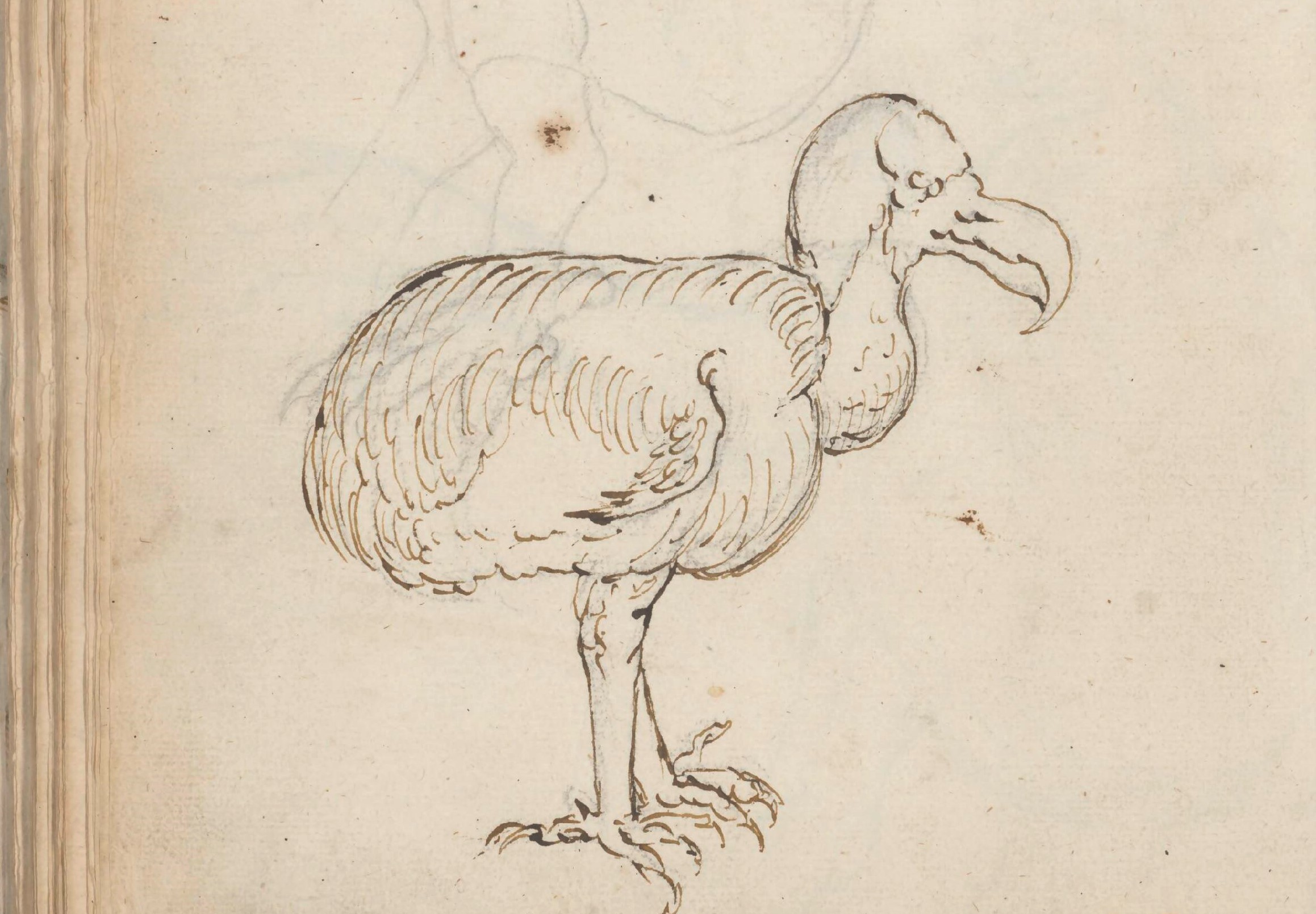Human & Animal World, 1350–1700
| Duration: | 2025 – c. 2032 |
| Remarkable: | This project expands our understanding of the role of animals within the political landscape of the Dutch sphere of influence between 1350 and 1700. |
| Valorisation: | In the first phase of the project (2025–26), we will publish a series of studies exploring the relationships between human actors and specific animal species in different regions of the Dutch sphere of influence. In the second phase (c. 2027–32), we aim to deepen this research, leading to international collaborations, a range of activities, and a monograph. |
Where there are humans, there are animals. And in most cases, the animals were there first. But over the past 500 years, they have been increasingly pushed aside. As concerns over biodiversity loss and ecological disruption grow, historians are increasingly investigating the historical roots of these developments. This project examines human-animal relationships in different regions within the Dutch sphere of influence between 1350 and 1700. We explore how humans and animals shared and negotiated the spaces they inhabited together.
Political Ecology as a Lens on Human-Nature Relations
We approach this topic through the concept of political ecology, examining how social and cultural structures shape human-nature relations and how those structures are, in turn, shaped by those relations – in our case between animals and humans. The ways animals are perceived and treated are always culturally determined. Even within cultures, opinions diverge. Consider the ongoing debate about wolves in the Netherlands: for some, these are dangerous predators; for others, they symbolize ecological recovery. Our research explores similar historical debates. We look at the physical presence of animals – where human and animal territories overlapped – as well as their ideological roles: were they seen as pests or status symbols, commodities or companions? At the same time, we investigate how animal behaviour and ecological factors influenced their position relative to humans.
A Broad Perspective on Humans and Animals
In recent years, historical research on animals has flourished. Some historians collaborate with the biological sciences, while others focus on cultural-anthropological approaches. This project integrates both perspectives, contributing to urgent discussions about human impacts on nature.
Geographically, we take a broad view of the Dutch sphere of influence. We compare human-animal interactions in the Northern and Southern Netherlands between 1350 and 1580, a period of dramatic demographic and climatic change. We also examine how, from the late 16th century onward, the Dutch encountered new species and cultures in colonial settings. This process was not one-sided: while Europeans sought to fit unfamiliar animals and societies into their existing frameworks, Indigenous communities – both human and non-human – also had to adapt to the arrival of Europeans.
A Polyphonic Approach
A key element of this project is its focus on multiple perspectives. We do not limit ourselves to elite viewpoints but also consider the experiences of ordinary people (shepherds, hunters) and Indigenous understandings of human-animal relationships. Our theoretical framework remains open and does not impose modern Western categories like “domesticated” or “wild”. Instead, we make room for alternative ways of thinking, such as Indigenous American worldviews that recognize mountains and rivers as living entities and see all forms of life as models, ancestors, and kin.
This project aligns with the mission of the Political Culture and History research group and the broader focus of the Huygens Institute on inclusive historical scholarship. Within the research group, it contributes to renewed attention on the Netherlands during the transition from the late Middle Ages to the early modern period.


